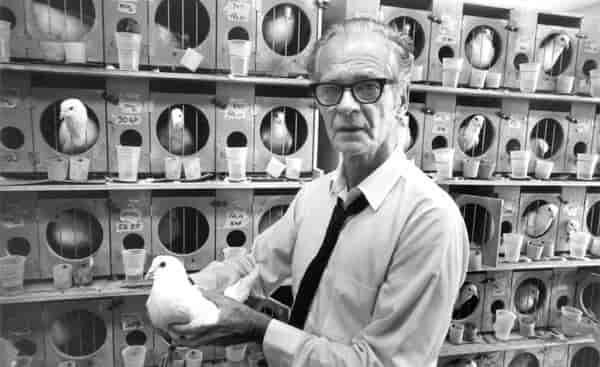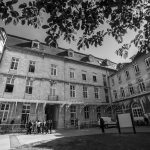With the successes of the new language learning methods based on Berlitz’s ”direct method” (also called “natural method”), researchers started thinking about how people actually acquire languages.
The first language acquisition theory was proposed by Burrhus Frederic Skinner in 1938. Skinner was influenced by the work of Ivan Pavlov and his theory of classical conditioning, and his famous experiments with the dog salivating at the sound of a bell.
According to Skinner, children learn languages through so-called “operant conditioning”. In practice that means that children use language to function and communicate, and they receive rewards for success, e.g. the smile of a parent, being given food or having a diaper changed.
Children then imitate their parents by creating associations between words and the real-world objects. The object is the stimulus and parents’ validation is the reward. Language is created through continuous exposure and positive reinforcement.
That means that language acquisition is like any other behavior and mental processes are not important.
This is known as the behaviorist theory








